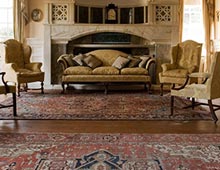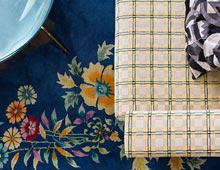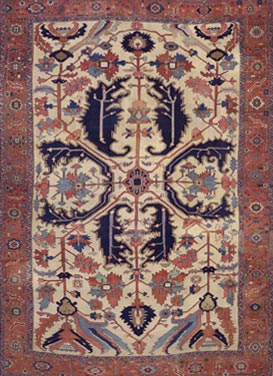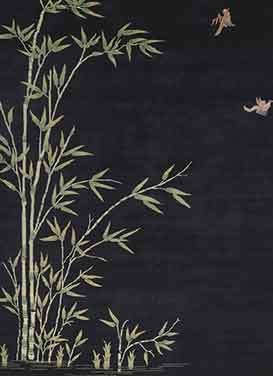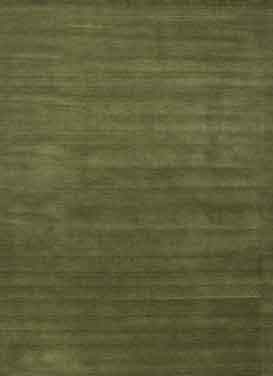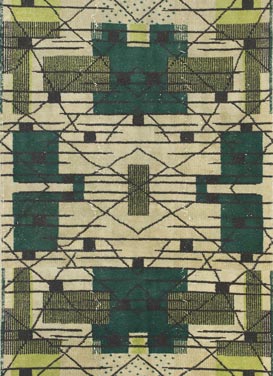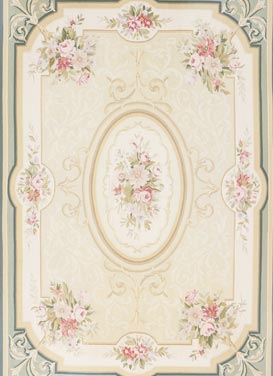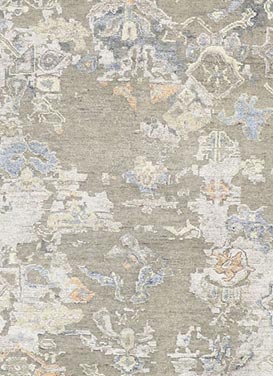Antique Egyptian Rugs & Textiles Online
Not much was known about antique Egyptian rugs until the fall of the Egyptian dynasties and the rise of the Mamluks, or more specifically, the Mamluk Sultanate in Cairo between 1200 and 1500 AD. Emerging from various ranks of soldiers comprised mainly of Turks, Abkhazians, Circassians and Georgians, the Mamluk Sultanate prized the arts and encouraged artisans to create beautiful glassware, metalworks and carpets. Although the Mamluks defeated the Crusaders and Mongols to maintain power for several centuries, the Ottomans eventually overthrew the Egyptian Mamluks in 1517.
Shop Our Curated Collection of Mamluk Rugs From Egypt
Traditional Mamluk carpet making died out when the Ottomans gained control of Egypt. However, certain characteristics of Mamluk rugs remained and were incorporated in Ottoman-style rugs, although modification of Mamluk motifs is strikingly evident. Today, Mamluk rugs are rare, kept mostly in museums and in private collections. Rug historians recognize Mamluk carpets by their three-color palette — greens, blues and reds — seen mostly in weft and warp threads. While wefts are typically red or pink, warps are green, in sets of four. Lustrous wool contributes to the jeweled, almost shimmering appearance of a genuine Mamluk carpet. Wool origins are a mystery, since they do not seem to originate from sources in or near Cairo.
Learn More About Cairene Rugs & Ottoman Carpets
A vintage Egyptian rug collection may include Cairene, Tabriz and Sultanabad-style rugs. What is fascinating about antique Egyptian rugs is that they reflect a turbulent history of power conflicts among dozens of dynasties contributing their own stylistic nuances. For example, Cairene (Ottoman) rugs are decorated with precisely woven, geometric designs using Persian or asymmetrical knots (100-130 knots/inch). Cairene rugs also have the same number of horizontal and vertical knots, which facilitate creation of definite polygons and perfect circles, including squares within circles, deftly overlapping shapes as well as stunning, eight-pointed stars. Motifs woven into Cairene rugs usually radiate and repeat outward from the center, with geometric designs encircling beautifully stylized leaves, palmettes and flowers. Many vintage Egyptian rugs from this period were palace-sized and commissioned by royalty or nobility.
Kilim rugs have a pileless texture and exhibit a flat weaving technique commonly practiced by rug and carpet makers from Turkey, North Africa, Iran, Central Asia and the Caucasus. The main difference between pile rugs and kilim rugs involves the interweaving of colorful warps and wefts to create a flat weave while pile rugs are woven using individual strands of different colors knotted onto warps.
Learn more about Esmaili’s vintage and antique Egyptian Rugs Collection by calling us today at (214) 651-7847.



